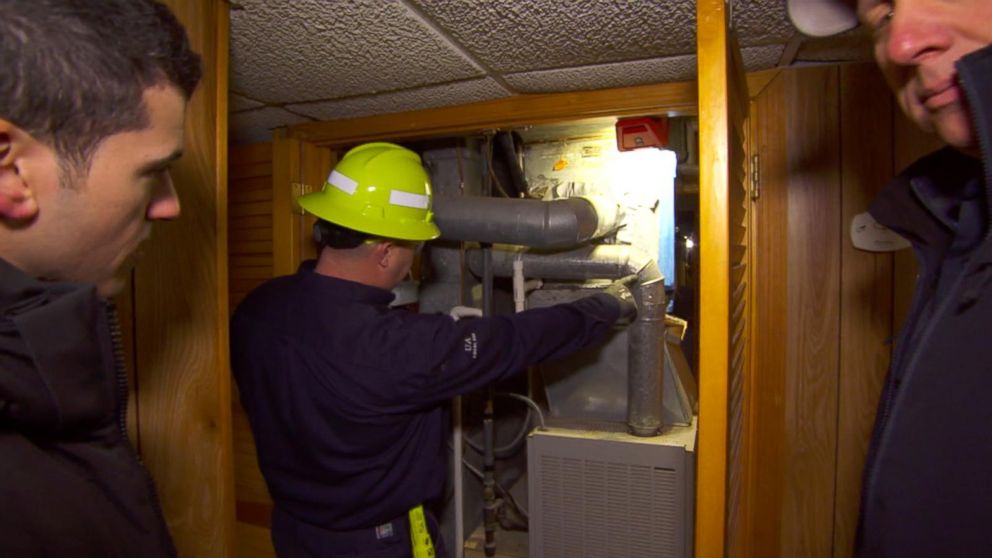
Transcript for How to stay safe when temperatures drop
Back nowow with a hidden danger that could be lurking in your home. Carbon monoxide, the CDC says every year carbon monoxide poisoning is responsible for more than 400 deaths in this country and now with temperatures falling, we wanted to remind you of what you need to stay safe in the face of this silent killer and gio Benitez is here with more. Reporter: Good morning. Yeah, it is silent. It is colorless. It is odorless and it’s during cold months like in that carbon monoxide poisoning is most common. One of the leading causes of leak, faulty heating equipment. There’s only one way of knowing for sure if your family is safe. I’m gio with ABC news. We’re in New Jersey going door to door with members of the pse & G company making Sures homes are safe with the one thing that could save your life if carbon monoxide leaks into your home. An operable detector. Reporter: We make sure they have them and they’re working properly. It’s working. Wanda has a detector plugged into her wall but when the fire chief tests it, it doesn’t work. Carbon monoxide detectors should be tested once a week and the install dates often written on the back should not be older than seven to ten years. We look for a date on Wanda’s and can’t find one. Let’s get rid of it. Kidde giving her two brand-new ones. One for each level of her home. Reporter: Down in Cindy’s basement. He shows us the source of many leaks, appliances that burn fuel and what we find, cracks in the concrete and two holes covered up with worn out duct tape. These could be a danger? Absolutely. Reporter: If they malfunction, this is where it could leak out. I bet you had no idea. Do you know how often you get this inspected? Never. But now you will. Now we will. Finally we found a home that had no issues. To show you some things you can do yourself. He said one way the deadly gas can pump in, blocked chimneys. Your flue gas and carbon monoxide are going up and out of the chimney and potentially it’ll go back into the living space and then if you don’t have your co detectors and all you got a problem here. Reporter: To check for blockages a simple match test above your hot water heater. A flame pulling towards the flue is a sign it’s clear of any blockage. When you blow out the match the smoke should also go up into the flue. But you put that match near that and it instantly blew that out. There is a potential for blockage. Reporter: If you’re able to see it, the color of the flame on your furnace. Blue flames are good. White or yellow flames are a sign of a possible leak. This looks great to me. Reporter: If appliances don’t pass either of these tests call the utility company or even 911. We will get here and make sure that you know that your family is safe. Reporter: Yeah, make that call. Now, experts tell us you need to get our heating systems professionally inspected at least once a year. These are the real lifesavers. The carbon monoxide detectors. This is my own personal one. I plug it into the wall. Until recently I didn’t even have one and I didn’t know you needed one in an apartment. Yeah, you do. You need one in an apartment, schools, businesses, just plug it right in and you just want to make sure it says zero because if it says anything else you want to get out, it’s about 35 bucks. You’re not worried something is going to happen in your absence right now. Gio, what are some signs you may have carbon monoxide poisoning. If you feel sluggish, nausea. All of those things are sign and some people actually say if your pets start feeling sluggish as well. So interesting. Thank you. This story could save lives. Thank you very much.
This transcript has been automatically generated and may not be 100% accurate.





